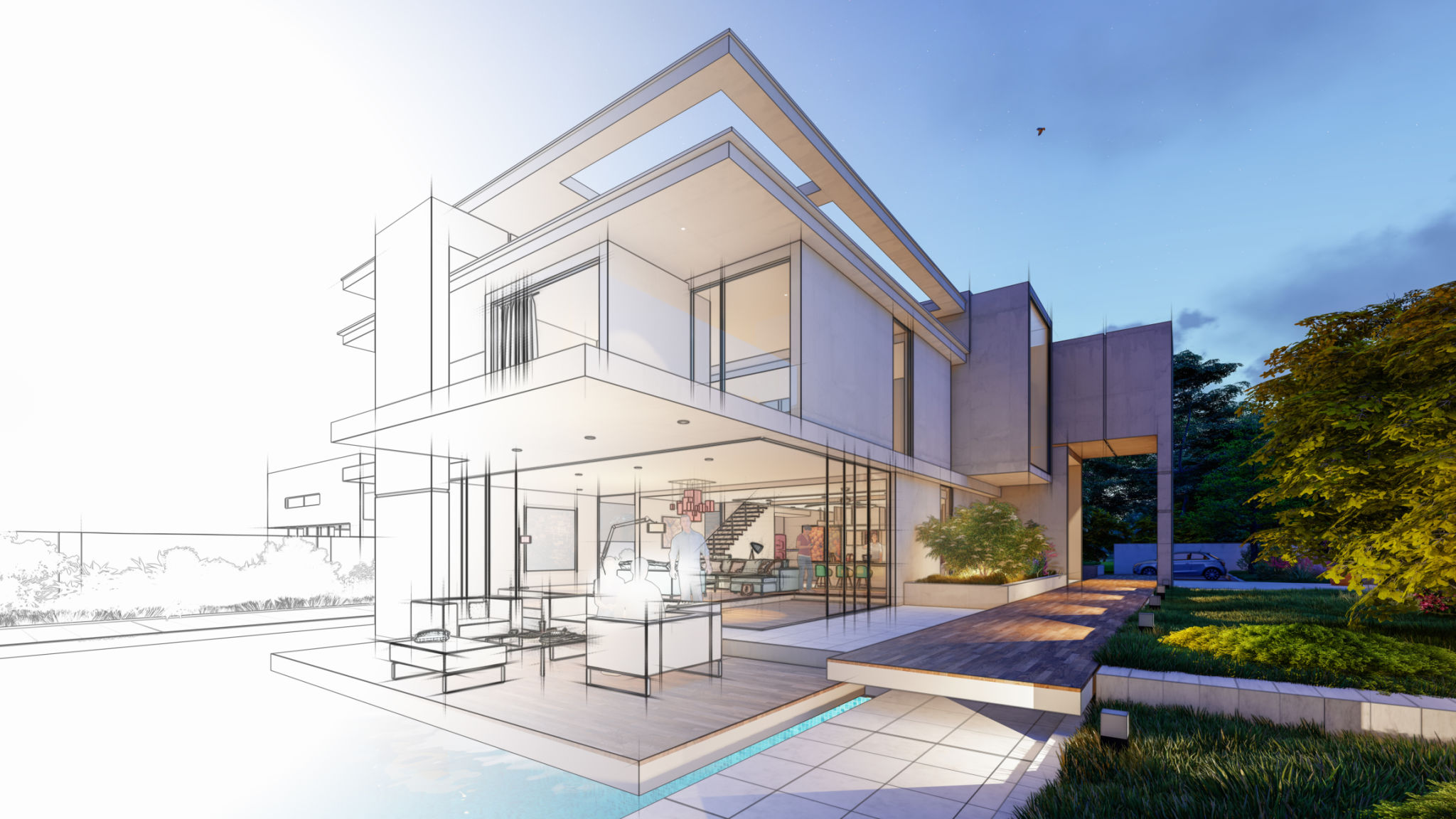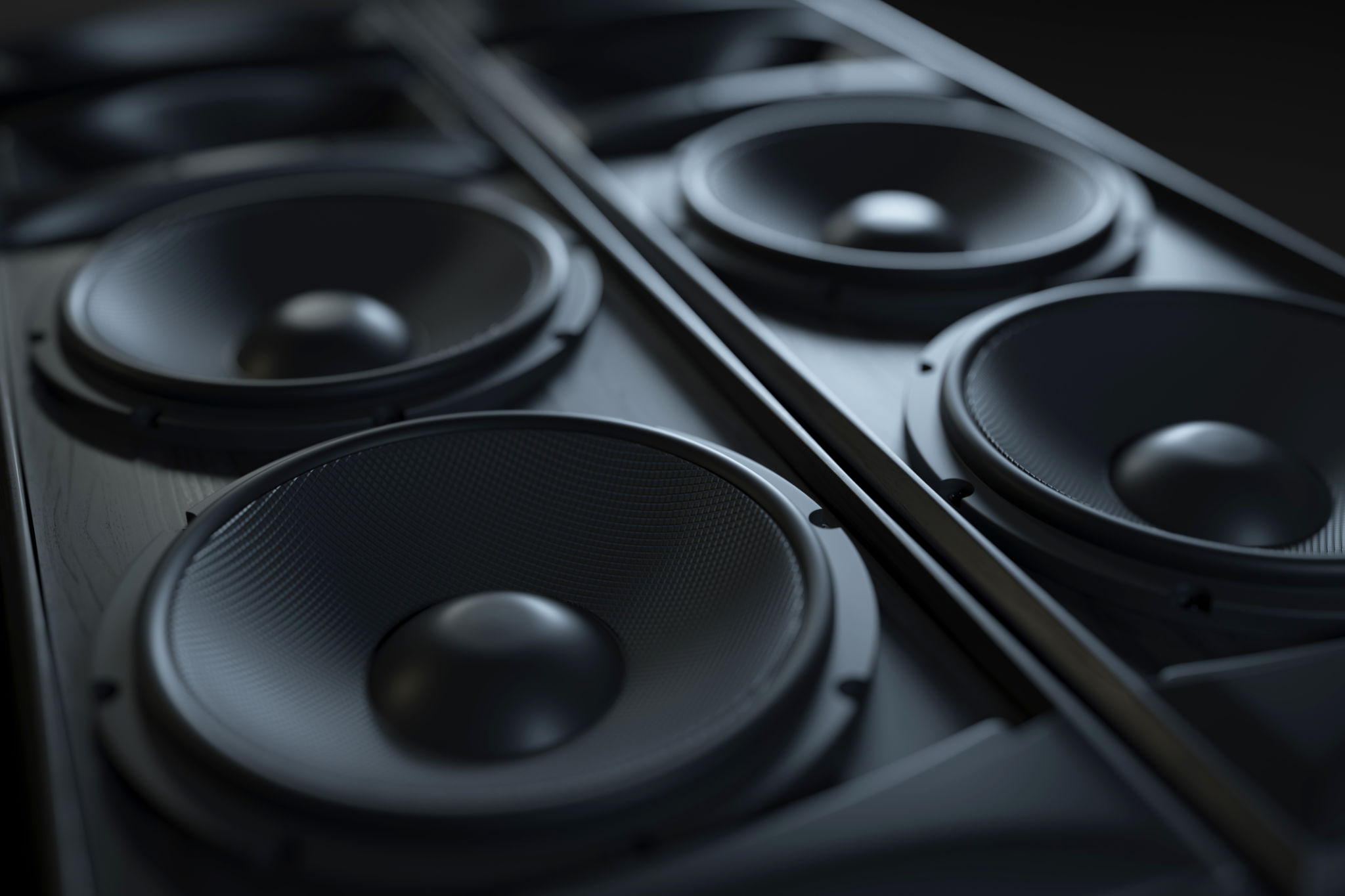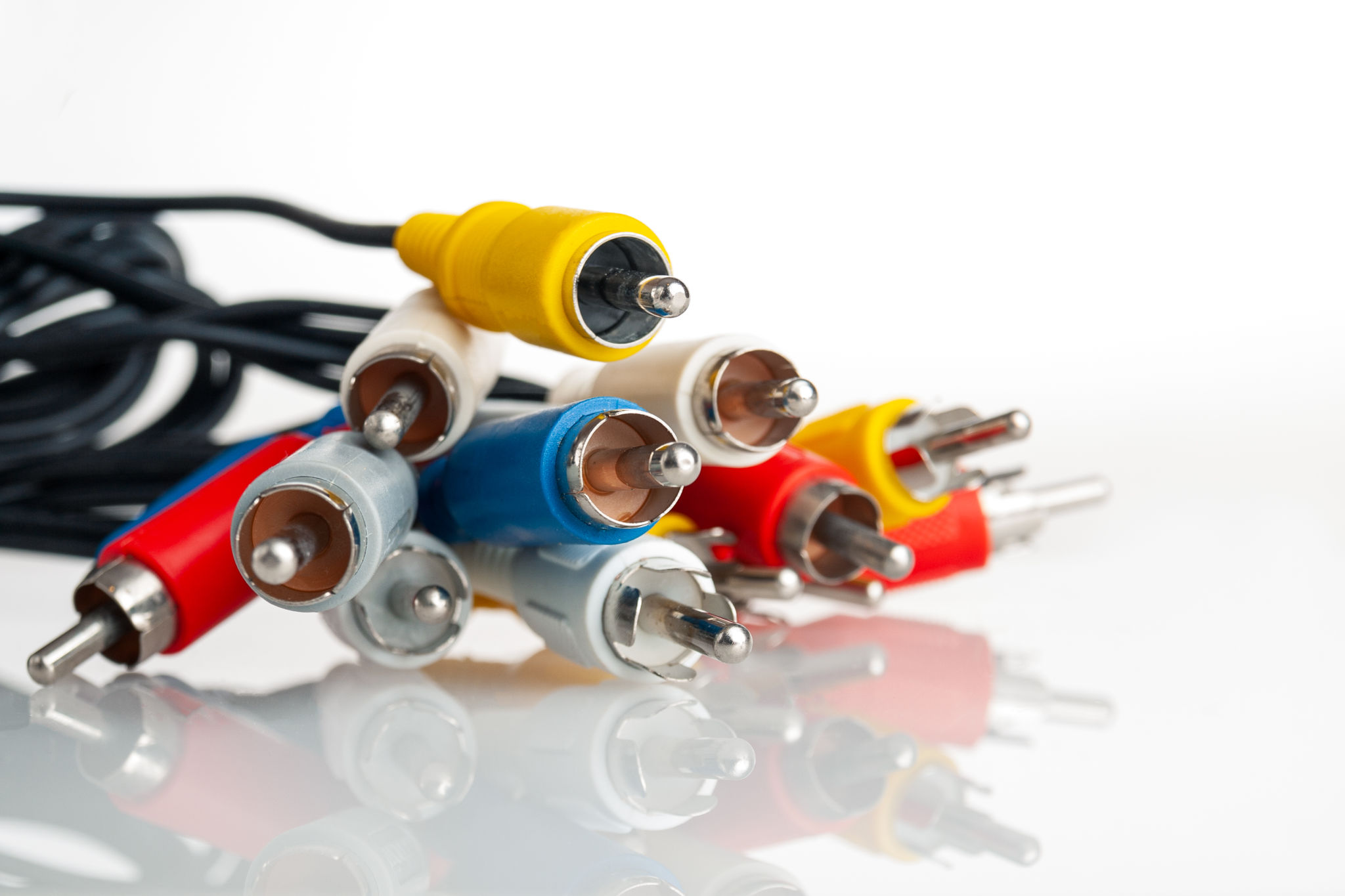Expert Tips for Setting Up Audio Visual Equipment at Events
Understanding Your Venue
Before diving into the setup of audio-visual equipment, it's crucial to understand the specifics of your venue. Each location brings its unique challenges and opportunities, so a thorough site survey is essential. Assess the size of the room, acoustics, lighting, and available power sources. This initial step will guide your equipment choices and setup strategy.
Consider the layout of the audience seating and any potential obstacles that might block sightlines or interfere with sound. Knowing where the stage or focal point is located will help in positioning speakers, screens, and other equipment effectively.

Choosing the Right Equipment
Selecting the appropriate audio-visual equipment is foundational for a successful event. Your choice should be based on the event's nature and size. For instance, a small conference might only need a simple PA system and a projector, whereas a large concert could require a complex array of speakers, microphones, and lighting rigs.
Make a checklist of all necessary equipment, including backup options. It's always wise to have spares for critical components like microphones and cables to avoid disruption during the event.
Audio Considerations
Sound quality can make or break an event, so prioritize the audio setup. Ensure that speakers are positioned to cover the entire audience area without creating feedback. Use directional microphones to minimize ambient noise and provide clear sound for speakers or performers.

Optimizing Visuals
Visual elements are equally important in capturing and retaining audience attention. Choose screens or projectors that provide bright, high-resolution images visible from all parts of the venue. Consider ambient light when setting up projectors to avoid washed-out visuals.
Placement is key; screens should be easily viewable without neck strain for attendees. If possible, conduct a test run to check for any unforeseen issues like glare or color distortion.
Cabling and Connectivity
Proper cabling is vital for seamless operation. Plan your cable routes carefully to prevent tripping hazards and ensure reliable connections. Label all cables clearly to simplify troubleshooting during the event.
Incorporate wireless technology where feasible to reduce clutter and enhance flexibility. Always test all connections before the event begins to confirm everything is functioning correctly.

Testing and Troubleshooting
A comprehensive test run is non-negotiable. Set up all equipment well in advance of the event start time to allow ample opportunity for testing and adjustments. Check that all audio levels are balanced and visuals are sharp.
Have a troubleshooting plan in place for potential issues such as equipment failure or connectivity problems. Assign a dedicated team member to monitor the audio-visual setup throughout the event to address issues promptly.
Conclusion
Setting up audio-visual equipment at events requires careful planning and attention to detail. By understanding your venue, selecting the right equipment, and conducting thorough testing, you can create an immersive experience that leaves a lasting impression on attendees.
Remember, preparation is crucial, and having a proactive approach to potential challenges ensures your event runs smoothly from start to finish.